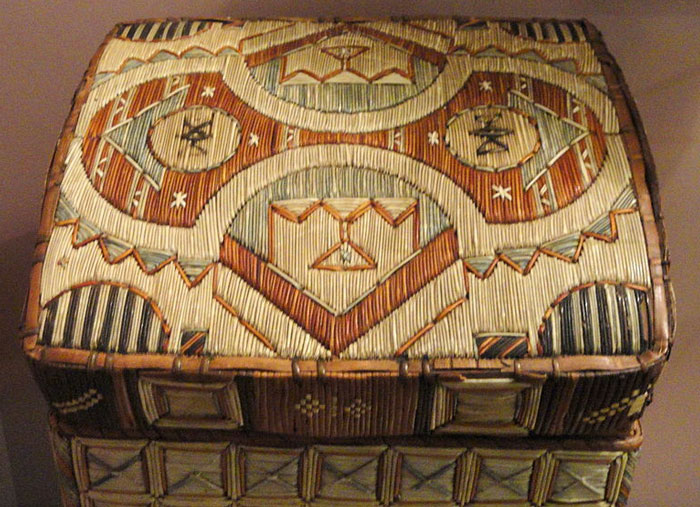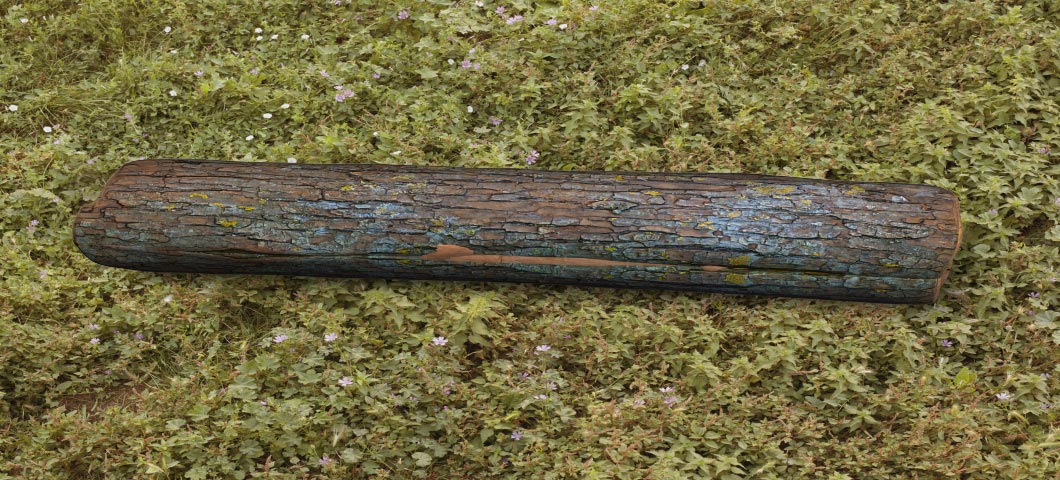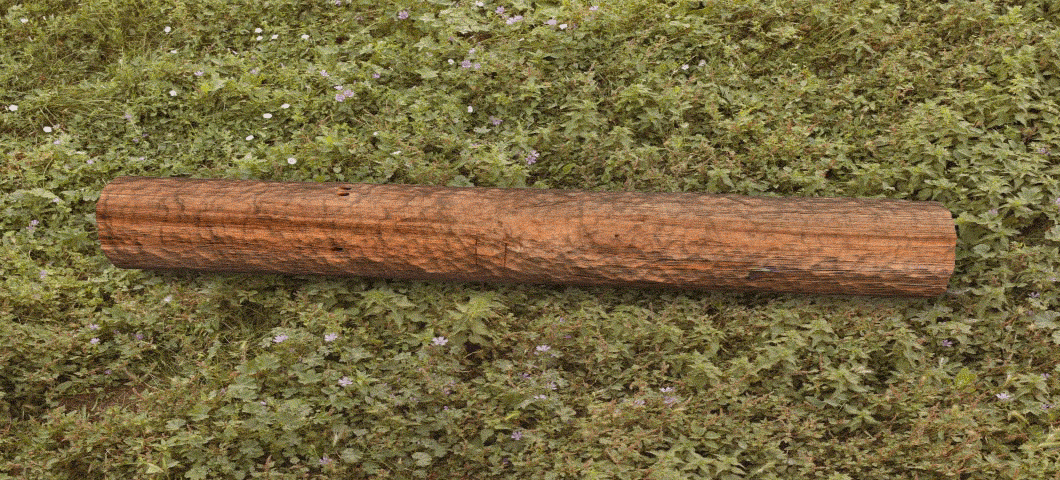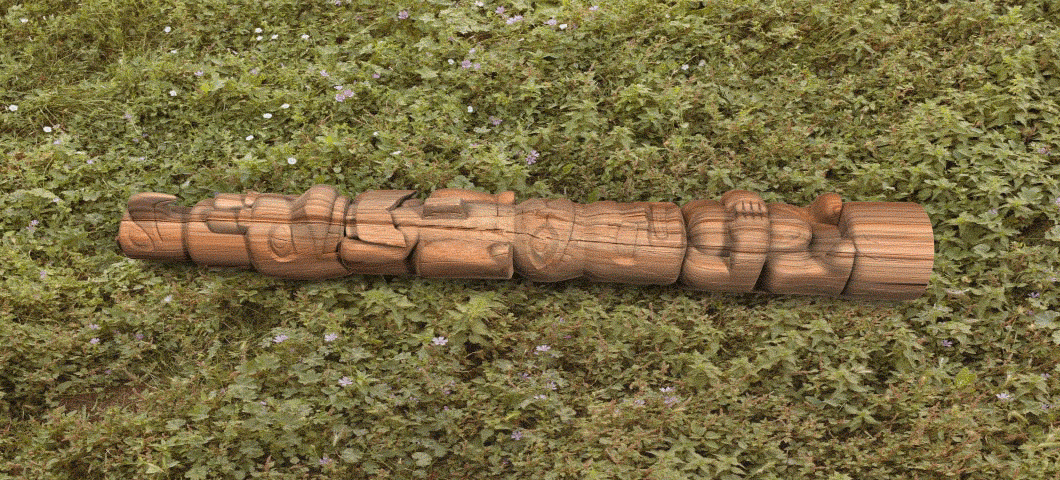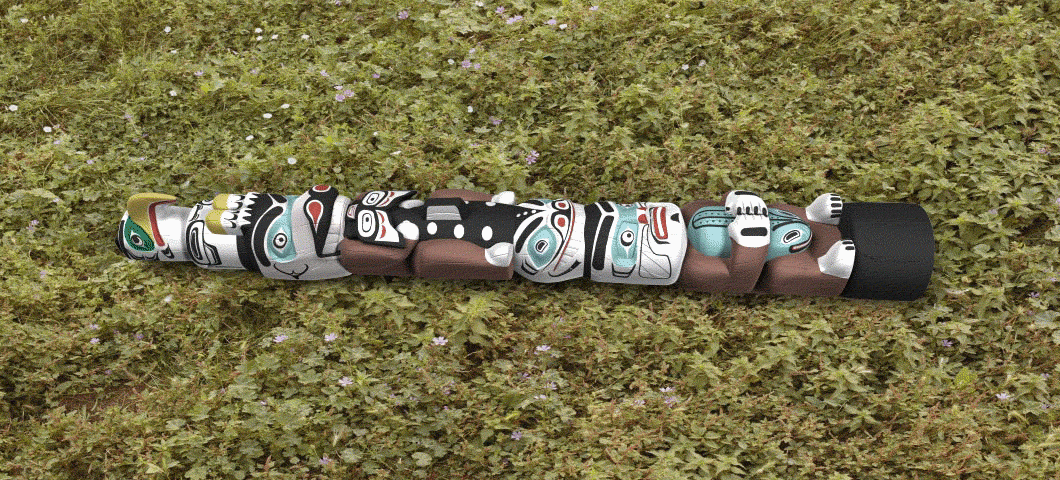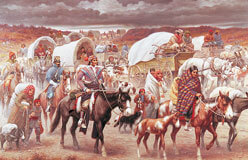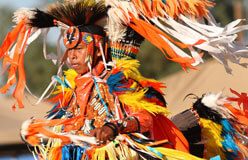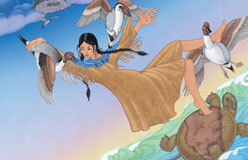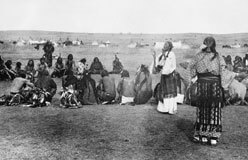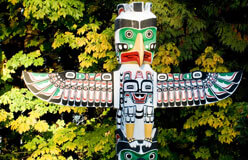What could you create from a lump of clay or a buffalo hide?
What could you make from a handful of porcupine quills? For centuries, Native Americans have turned such ordinary materials into beautiful—and useful—works of art. Native American art also expresses the artists’ belief in the spiritual connection between human beings and the natural world. Artists often offer a prayer of thanks to the animal, plant, or rock that gave them the raw material for their art.
Native American art goes back thousands of years, yet it’s also as fresh as tomorrow. Native American artists have always incorporated new ideas and materials into their works. Long before Europeans arrived in the Americas, different groups of Native Americans influenced one another’s art. Shells, feathers, copper, and paint were widely traded. When Europeans introduced them to beads, silversmithing, and ribbons, Native Americans used these new materials in their own unique ways, blending the old and the new.
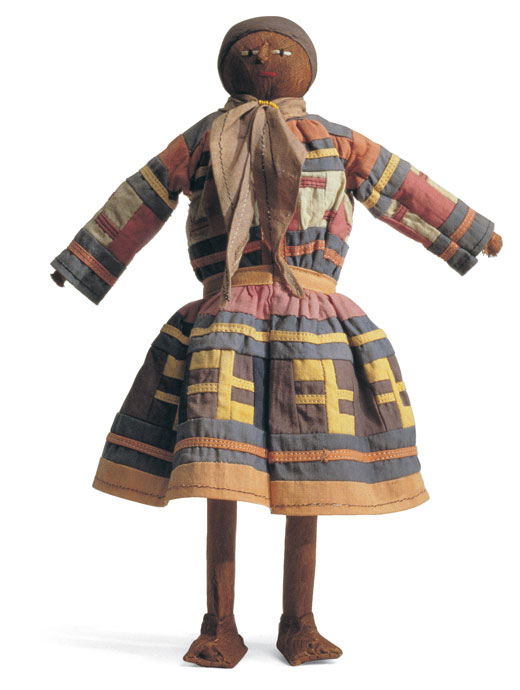
◀ This Seminole doll’s patchwork dress is a combination of Native American design and modern technology. A sewing machine was used to join the pieces together.
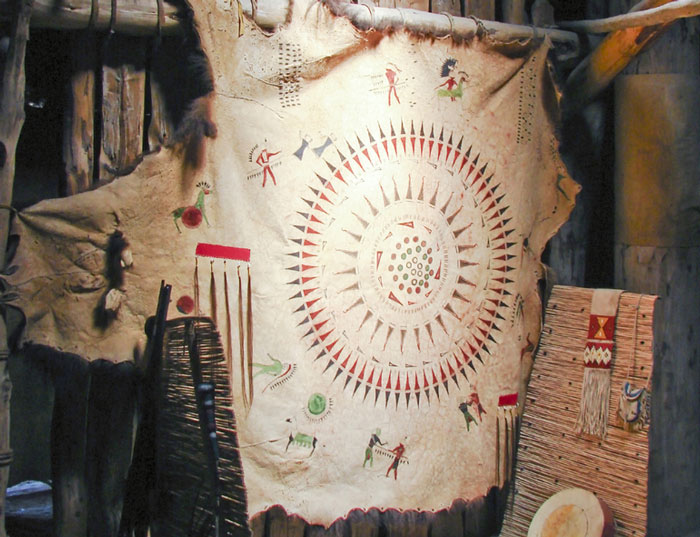
▲ For centuries, Native Americans painted on objects that they used. These included everything from tanned hides and ceramic vessels to tepees and the walls of ceremonial rooms. They also painted on rattles, masks, drums, and shields. Europeans introduced the idea of painting on paper and canvas. Native American artists adapted this form to their own themes and styles.
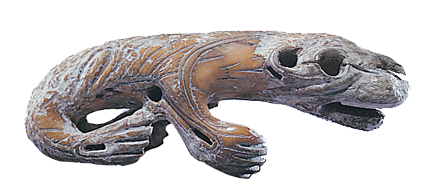
The Inuit had no words for art or artist until they made contact with Europeans. Yet they were highly skilled at carving. They carved stone, bone, ivory, and wood into everything from cooking pots to good luck charms. Today, much of their carving is done just for the tourist trade.
The Pueblo people of New Mexico have created and decorated ceramics for hundreds of years. Today, Pueblo youngsters still learn the craft from their elders. As part of their education, they listen to stories about Clay-Old-Woman, who resides in the clay. She will live in the pots and figures they create. While gathering clay, the potters thank Clay-Old-Woman for her generosity. ▶

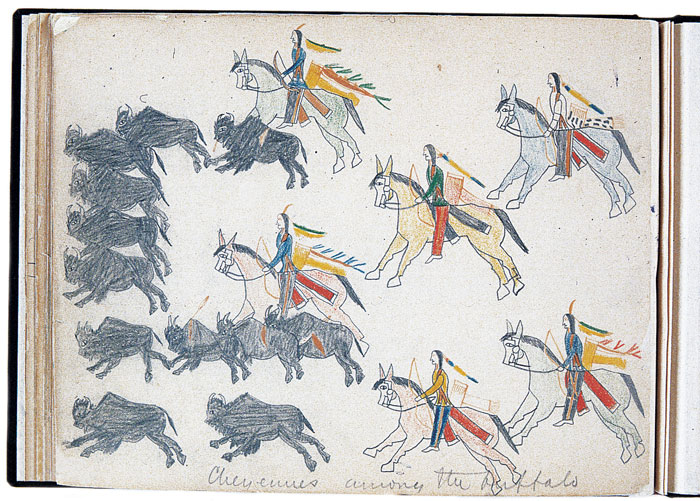
▲ In an 1875 attempt to wipe out Native resistance in the West, a Cheyenne named Bear’s Heart and 71 other Native Americans of various tribes were sent to prison in St. Augustine, Florida. While in prison, Bear’s Heart took up drawing. He drew many scenes from his life. They included everything from Cheyenne buffalo hunts to troop inspections at the prison.

◀ Just like other contemporary artists, today’s Native American artists look for unique ways to express their ideas. This mask is just one example of that.
Native North Americans are the only people in the world who have created an art form using porcupine quills. Quillwork probably started among Eastern Woodlands people and was later brought to the plains by tribes following the buffalo. Quills are sorted by size, washed, and dyed. They are softened in the mouth and flattened by being drawn through the teeth. Quills can be used in weaving, embroidery, or braiding. ▶
